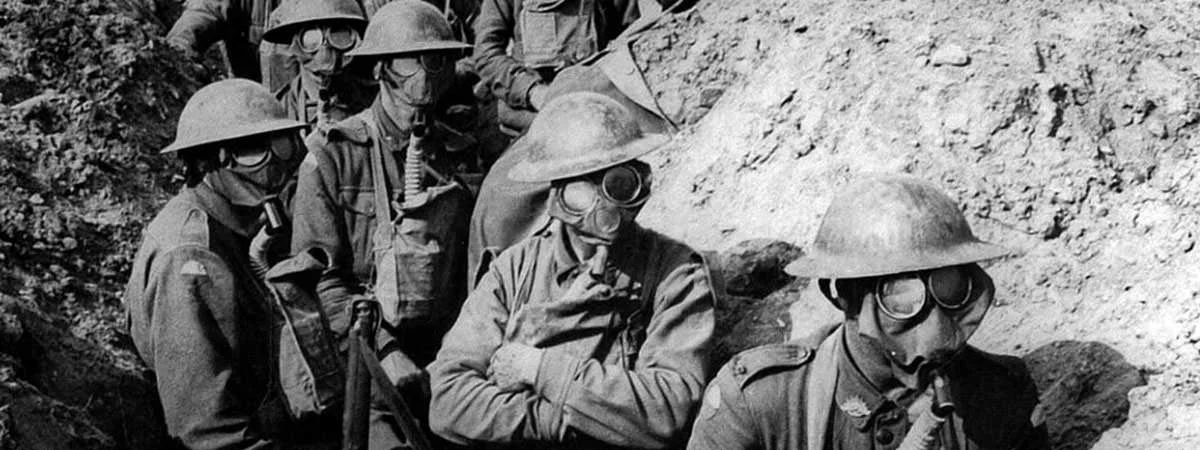World War I was a global conflict fought between 28 July 1914 to 11 November 1918. It is often remembered for the difficulties the soldiers had to face and these include medical conditions like Shell Shock and Trench Foot. WW1 saw the development of chemical warfare which in turn led to the production of gas masks. Most devastating effect of the First World War was the Influenza Pandemic of 1917-1918, commonly, but incorrectly, referred to as the Spanish Flu. This pandemic caused 50 million deaths, which is almost 5 times the death toll of the entire war. Other medical facts related to the Great War include the development of Blood Banks and pioneering work in Reconstruction Surgery. Know more through these 7 medical facts related to the First World War.
#1 HUNDREDS OF THOUSANDS OF SOLDIERS SUFFERED FROM SHELL SHOCK
Shell Shock was a term coined during WWI to describe a new psychological or physical condition suffered by many soldiers. During the early days of war in 1914, soldiers from the British Expeditionary Force began to report medical symptoms such as diarrhea, headaches, insomnia, amnesia, dizziness, mutism, tinnitus and hypersensitivity to noise. This condition was defined as “shell shock” with the assumed linkage to the effects of explosions from artillery shells. Shell shock cases continued to grow throughout the war and explanations for its cause differed including physical injury to the brain; carbon monoxide exposure during shell explosions; emotional injury; mental and nervous shock; and just plain cowardice. Initially such men were taken out of the front-lines with dexterity. However, as the pressures of war increased they were given rest, days off and sent to casualty clearing centers if things worsened. Public shaming and insults of such soldiers were common and were thought of as methods to get them over shell shock.
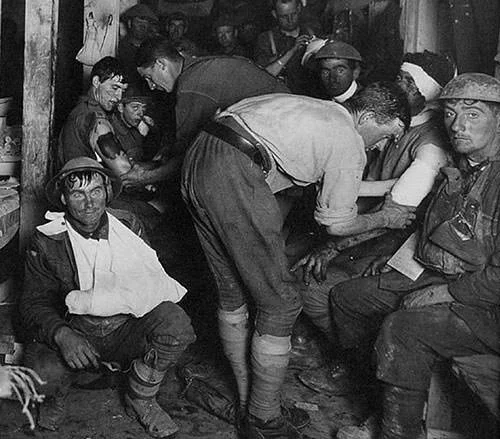
The Battle of Somme of 1916 saw a crisis with as high as 40 percent of casualties reporting the problem. This led to increasing the amount of time and effort devoted to understanding and treating shell shock symptoms. In 1917 “shell shock” was entirely banned as a diagnosis in the British Army. Moreover, mentions of it were censored, even in medical journals. In World War II and thereafter, diagnosis of shell shock was replaced by that of combat stress reaction. Shell Shock is often identified today as the signature injury of the World War I, with its closest association made with what we call as Post Traumatic Stress Disorder.
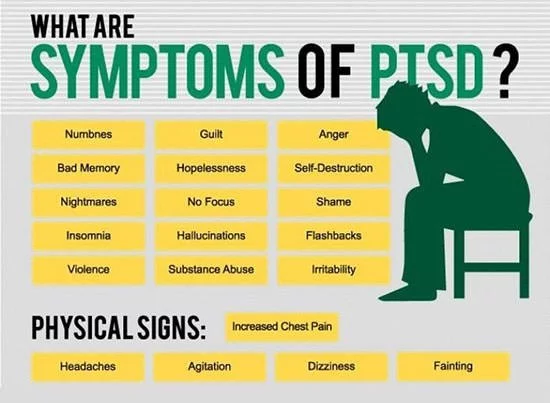
#2 WATERLOGGED TRENCHES LED TO MANY SOLDIERS DEVELOPING TRENCH FOOT
World War I in its aftermath is often remembered for the horrible life of the soldiers in the trenches. Life in the trenches was difficult with the soldiers facing numerous challenges on a daily basis. Moreover, heavy rainfall further deteriorated the situation as it flooded trenches and created impassable, muddy conditions. The soldiers were supposed to drain out the water and repair the damages. A dreaded disease named “trench foot”, which was similar to frostbite, developed as a result of men standing for long hours in the water. In some cases this developed into gangrene and led to amputations.
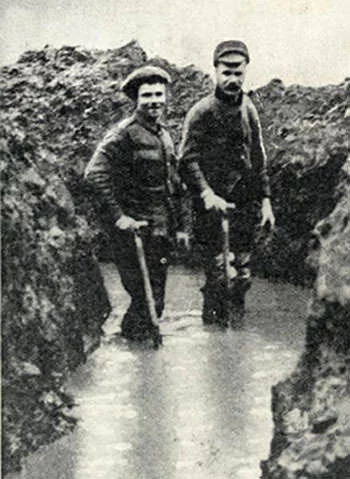
#3 URINE SOAKED CLOTHS WERE AMONG THE FIRST GAS MASKS
The first major poison gas attack in WW1 took place on 22nd April 1915, when the Germans released 150 tons of chlorine gas near Ypres. The attack resulted in the death of about 1000 French soldiers who had no protection whatsoever against the attack. Men which had some knowledge of chemistry soon recognized the gas as chlorine from its powerful and unique smell that had spread for miles. They knew that simple measures could be taken to prevent against such attacks. These included simple solutions that dissolved or neutralized the gas. A permeable cloth was the necessity which had to be soaked in what was readily available around the trenches until more advanced solutions were provided by the establishment.
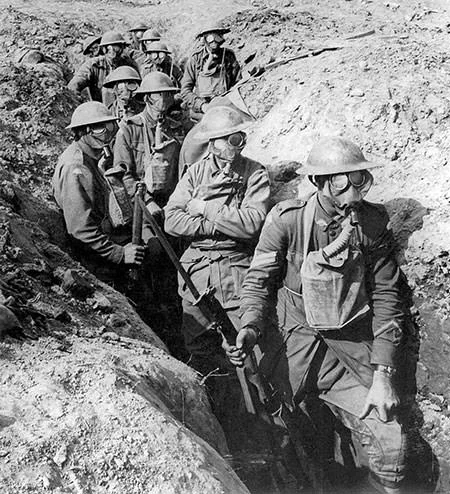
The first gas masks were thus permeable and easy to breathe through cloths soaked in water. Chemicals like sodium bicarbonate and sodium hyposulphate which were used in photography were also used. But the most unusual and pretty effective solution was soaking the cloth in urine. Two days later, when the Germans released more chlorine gas, a Canadian unit on the flanks was among the first reported to benefit from these urine soaked masks.
#4 A HUNGARIAN SOLDIER COULD NOT SLEEP AFTER HIS WWI EXPERIENCE
Fighting for the Austro-Hungarian Army in WWI, Paul Kern was a Hungarian soldier who was shot in the head by a Russian soldier in 1915, while serving on the front. The bullet removed part of his frontal lobe and once he woke from his injury, it is said that he never slept again in his life. Paul Kern died in 1955, some 40 years after he suffered the gunshot wound. He was studied by a professor at the University of Budapest but his abnormal condition remained a mystery. He later became the inspiration for a song “Paul Kern Can’t Sleep” by the American folk-pop band The Dimes.
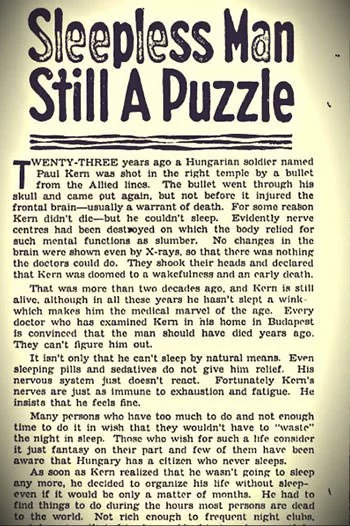
#5 THE GREAT WAR HELPED IN THE SPREAD OF THE SPANISH FLU
The Spanish Flu or the influenza pandemic of 1918-19 was among the deadliest killers in human history. The pandemic started in January 1918, overlapping 9 months with WWI, and caused 50 million deaths. This was between 3 to 6 percent of the world population and almost 5 times the death toll of the entire war. The analysis of the pandemic virus many years later showed some gene segments like those from pig and bird influenza. Such a virus with animal nature was new and thus more threatening to humans. However, it still needed to evolve to easily spread within the human population. Experts opine that the wartime conditions like large number of troop movement, persons from far and across living in close proximity and in its aftermath traveling back to their homes not just played a vital role in the spread of the disease but also helped in the emergence of new mutations that could grow and spread more readily in humans.
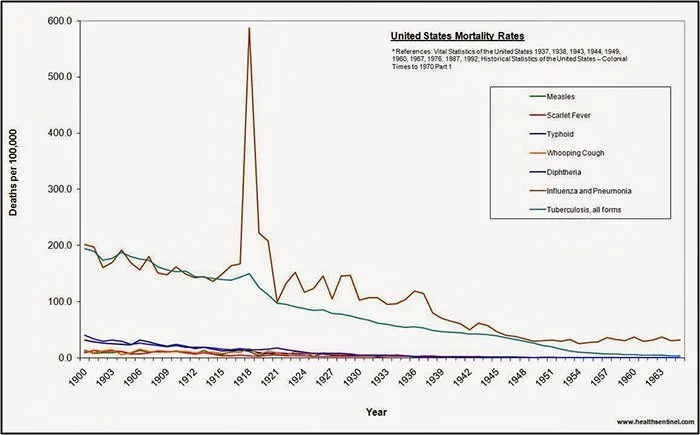
#6 BLOOD BANKS WERE DEVELOPED DURING WW1
The first known successful non-direct transfusion was performed on March 27, 1914 by the Belgian doctor Albert Hustin using sodium citrate as the anticoagulant. However, it was WW1 that acted as a catalyst for the rapid development of blood banks and transfusion techniques. In October 1915, after convincing the Royal Army Medical Corps to use blood transfusion, Canadian Lieutenant Lawrence Bruce Robertson performed his first wartime transfusion with a syringe to a patient suffering from multiple shrapnel wounds. After successfully conducting more transfusions, he managed to develop the first blood transfusion apparatus at a Casualty Clearing Station on the Western Front in the spring of 1917. Oswald Hope Robertson, a medical researcher and U.S. Army officer, was attached to the RAMC in 1917 and was instrumental in establishing the first blood bank on the Western Front in the same year. Blood was kept on ice for up to 28 days and then transported to casualty clearing stations for use in life-saving surgery.
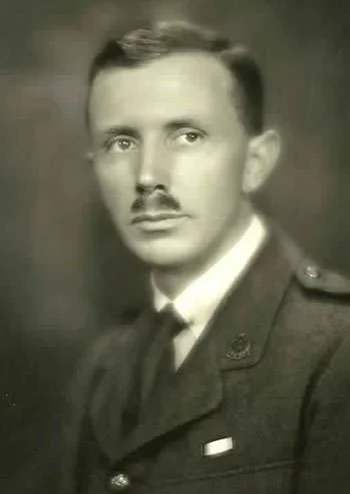
#7 WW1 LED TO PIONEERING WORK IN RECONSTRUCTION SURGERY
Plastic surgery and Reconstructive surgery had been prevalent in ancient India at least since 800 BC, while old Egyptian texts dating back to 2000 BC suggest treatments for the plastic repair of a broken nose. However, as the First World War left thousands of soldiers disfigured and disabled, Harold Gillies, a New Zealand otolaryngologist working in London, developed many of the techniques of modern facial surgery, further advancing the science. A medical minder with the Royal Army Medical Corps, Gillies helped establish a facial injury ward at the Cambridge Military Hospital. This was later upgraded to a new hospital for facial repairs at Sidcup in 1917. It was here that Gillies, along with his colleagues, performed 11,000 operations on some 5000 patients and developed many techniques for reconstructive surgery.

